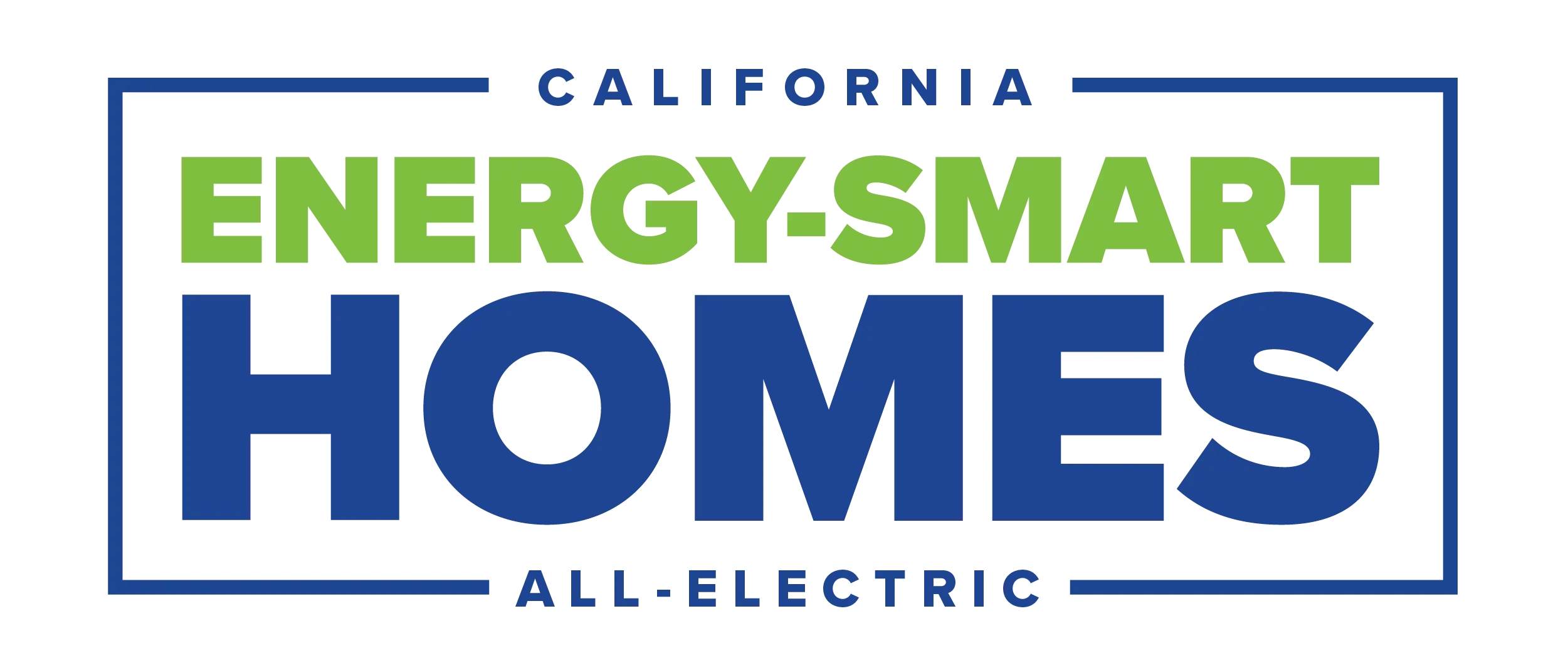Resources
The following resources provide more detailed information and address frequently asked questions about the Energy-Smart Homes program. These resources are designed to help you better understand eligibility requirements and the steps to qualify your projects for incentives.
Resources
The following resources provide more detailed information and address frequently asked questions about the Energy-Smart Homes program. These resources are designed to help you better understand eligibility requirements and the steps to qualify your projects for incentives.

